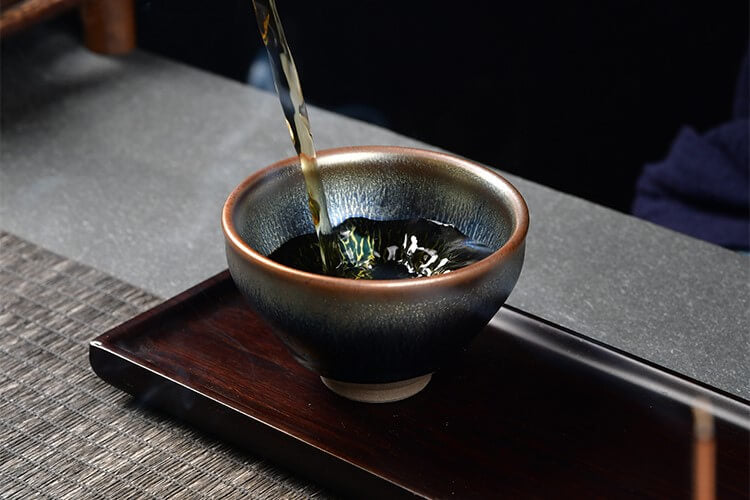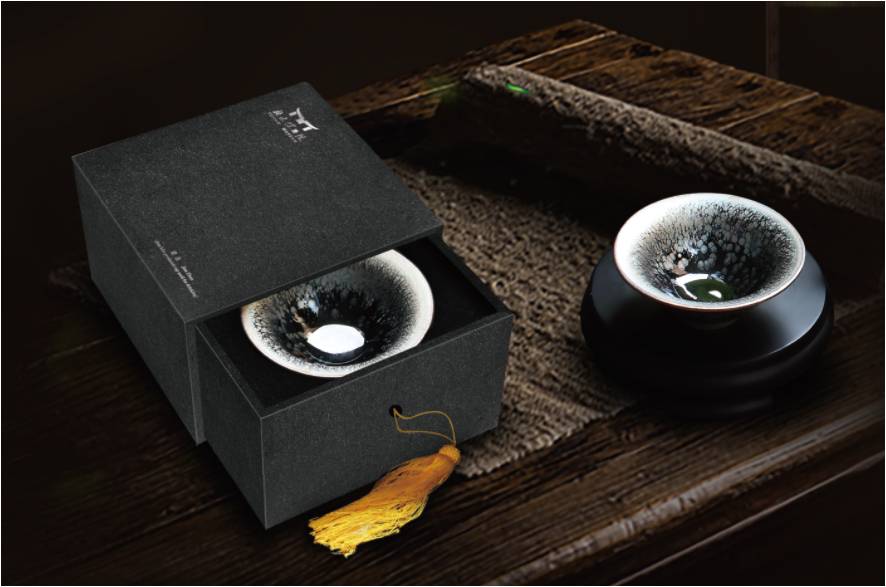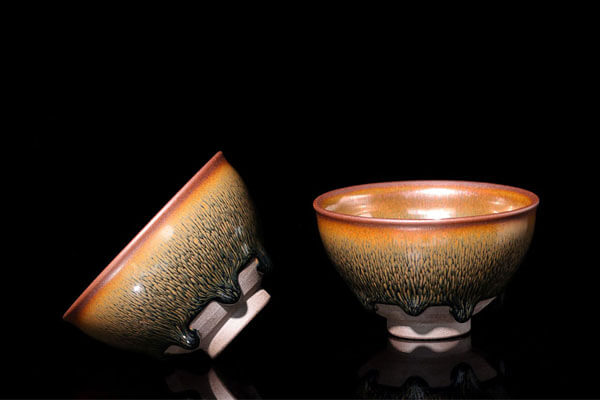Why Tea Stains Are Hard to Remove from Tea Sets — Causes and Solutions
In daily tea practice, tea stains are a common issue faced by tea lovers. Over time, these residues not only dull the beauty of tea sets but may also harbor bacteria, ultimately affecting the tea-drinking experience. By understanding the causes of tea stain formation and learning scientific cleaning and prevention methods, tea sets can be kept clean and elegant for years.

1. Why Tea Stains Are Difficult to Remove
(1) The Role of Tea Components
Tea is rich in tea polyphenols, natural antioxidants that react with oxygen during brewing. As they oxidize, they form brown deposits that adhere to the surface of tea sets. Teas high in polyphenols—such as Pu’er and oolong—create stains more quickly and more stubbornly if sets are not cleaned promptly.
(2) The Impact of Water Quality
Hard water accelerates tea stain formation. Minerals such as calcium and magnesium react with tea polyphenols, producing insoluble compounds that settle firmly on tea sets. These deposits are harder, darker, and more adhesive, making them much more difficult to remove. This explains why tea stains are often worse in regions with hard water, such as northern China.
(3) Influence of Tea Set Materials
The quality of the tea set itself plays a role. If porcelain is made with impure raw materials, fired at lower temperatures, or poorly crafted, its surface may be rough and porous. Such micro-pores allow tea stains to seep in and stick tightly, resisting even regular cleaning. By contrast, high-quality, high-temperature-fired porcelain or glass tea sets are denser and more resistant to stains.
2. Preventing and Cleaning Tea Stains
(1) Prevention Tips
-
Timely Cleaning
Rinse tea sets immediately after each use. Fresh tea residues are still soluble and can be washed away with clean water. Once left overnight, stains oxidize and harden, becoming much more difficult to remove. The golden rule is: “Clean right after making tea.” -
Use Better Water
Opt for purified or soft water when brewing tea. This reduces mineral content and minimizes chemical reactions with tea polyphenols. In hard water regions, consider installing a household water filter or using bottled purified water. -
Choose High-Quality Tea Sets
Select tea sets made from high-temperature-fired porcelain or borosilicate glass. Their dense, smooth surfaces resist staining better than cheaper, porous alternatives. Avoid low-quality sets that may look attractive at first but are prone to permanent staining.
(2) Practical Cleaning Skills
-
Right Tools
Always use soft cotton cloths or sponges. They remove stains effectively without scratching the glaze. Avoid steel wool or hard brushes, as scratches only create more spots for stains to cling to. -
Cleaning Schedule
Act quickly: stains are easiest to remove within the first hour of formation. For long-term use, perform a deep clean once a week. Soak tea sets in a baking soda solution or use a specialized tea set cleaner, then gently wipe. This helps prevent stubborn buildup.
3. Key Takeaways and Practical Guide
-
Causes: Tea polyphenols oxidize into stains; hard water minerals worsen the problem; rough or porous tea set materials make cleaning harder.
-
Prevention: Clean immediately after use, use purified water, and choose dense, high-quality porcelain or glass.
-
Cleaning: Use soft cloths or sponges, avoid abrasive tools, and schedule weekly deep cleans with baking soda or special cleaners.

It’s also important to note that stubborn stains do not necessarily indicate poor tea set quality; they may be linked to local water hardness, tea type, or cleaning habits.
By combining prevention, proper selection, and gentle cleaning techniques, along with attention to water quality, tea lovers can keep their tea sets pristine. A clean tea set not only enhances aesthetics but also preserves the joy and comfort of every tea-tasting experience.






